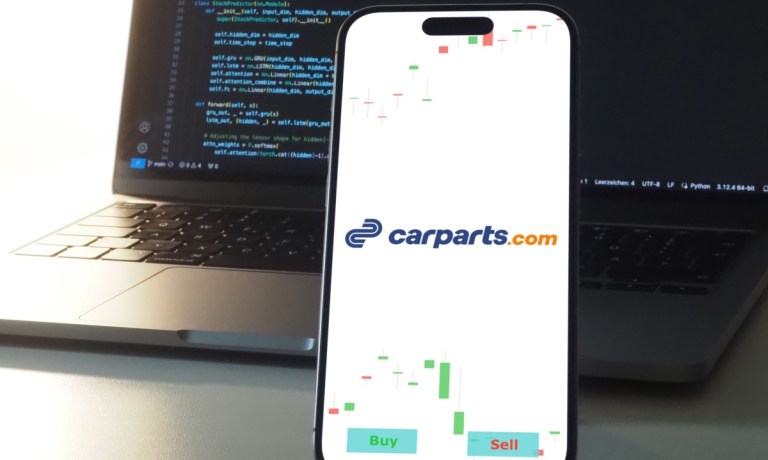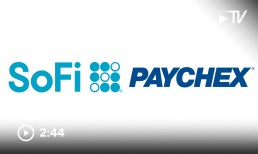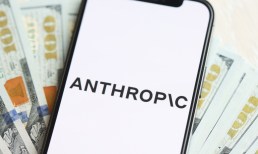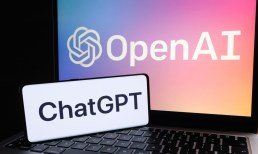Financial inclusion is no mere buzzword in financial services. Call it life-changing, if done right. Everything for the heretofore unbanked and underbanked can improve – beyond mere wealth. Think health, education, quality of life. Stability.
In an interview with PYMNTS, Eddie Grobler, executive vice president of ACH Systems and Integration with Vocalink, noted that financial inclusion can help individuals, families and businesses find surer financial footing on a day-to-day basis.
Access to everything from basic financial transactions to credit and insurance products – where once that access was lacking – can have positive ripple effects over the short and long term.
“They can also contribute to health and education in a bid to improve their everyday life. Real-time payments in a number of countries, such as Thailand and India, have transformed how small businesses and individuals transact,” said the executive.
And yet stumbling blocks remain – as do challenges in reaching the two billion adults worldwide, including 50 percent of unbanked adults in the poorest households.
Grobler said the challenges, as denoted in Vocalink’s “Financial Inclusion Accelerated” whitepaper, include trust – or, more specifically, the absence of trust. The initial forays into formal financial activity can be daunting to the newly initiated, said Grobler, who added that positive experiences can pave the road for repeated usage.
In one case study via researchers Koo and Wati, consumer attitudes toward Bank Central Asia’s mobile banking service found that when system and information quality was paired with trust, it led to increased perceived usefulness and customer satisfaction. That perception of value drove further usage in mobile banking and other banking platforms.
Other hurdles include lack of IDs (one-seventh of the world’s population lacks official forms of ID) or credit history, as well as physical distance between the unbanked and would-be financial service providers, where some individuals may never before have seen banks or other traditional conduits of financial relationships.
Against this backdrop, mobile ID and national ID numbers represent effective, and low-cost, ways of moving beyond cultural issues that might be impediments to financial inclusion.
“Mobile and national IDs provide unique digital identifications that can solve many issues for the unbanked, the socially excluded and the rural poor,” said Grobler. “In emerging and developing countries, smartphone ownership grew from 21 percent to 37 percent in the two years between 2013 and 2015. The familiarity and high comfort levels with mobile phone usage has led to them becoming an increasingly significant part of identity system infrastructure.” In Africa, for example, mobile birth registrations are gaining traction.
Societal benefits also accrue with mobile access and financial inclusion. Said Grobler, “Women, previously overlooked in the past when it came to financial inclusion and adoption of mobile phones, are proving they can help lift entire families and communities out of poverty once empowered. There is a growing body of evidence that improving the financial position of women creates a positive ripple effect for not only the immediate family, but also society and industry.”
Mobile initiatives make sense in a world where cash, perhaps ironically, is not cheap. Grobler said Vocalink has estimated that the cost of printing, maintaining and circulating cash in the U.S. is about 13 percent across the entire value chain.
“With such a high cost, it’s little wonder that countries are pushing for digital cash. According to the U.S. Federal Reserve Board, in 2017 the total budget for producing cash was $726.7 million. Given that the Fed printed about $200 billion worth of notes in 2017, that makes the average printing cost about 3.65 percent across all notes,” he said.
It might go without saying that the less frequently tangible notes and coins are passed hand-to-hand, the better it may be for those handling it, when it comes to keeping costs low.
Friction abounds in the process for merchants. “With technology, retailers can avoid handling cash, and pass money directly into their bank accounts to start accruing interest. But with cash transactions, it takes time for the retailers to deposit their cash into the bank and generate interest. Interest rates from the Bank of England are between 2.5 percent to 3 percent, and it usually takes around five days for the retailers to put their cash in banks. The interest that could have been generated during this period is lost,” said Grobler.
The most significant cost for banks ties into labor, as paper cash needs to be checked, accounted, stored and guarded manually, with at least some help from machines, of course. On a per-country basis, such as in the United States, the cost can be as high as $6 billion or more.
“Real-time payments bring individuals or businesses the ability to put money to work immediately; when an individual or an SME receives money in their account, they can invest it, or use it to buy new products or services.
“Also,” said Grobler, “carrying around cash can run an enormous safety risk, considering that many of the developing countries are some of the most dangerous.”
Large-scale digital payments initiatives can offer instruction into the boons and challenges tied to boosting financial inclusion and bringing financial services into the 21st century.
As an example, he pointed to his own firm’s experience in Thailand.
“We were brought in by Thailand’s main interbank payments to provide its immediate payments solution, as well as to establish a multi proxy platform, allowing Thailand to enter the world of real-time payments. PromptPay has been a game-changer for the Thai people, from allowing isolated Thai residents to now receive government payments, to small businesses transacting with new customers and suppliers.” He noted that 39 million of the Thai population of 60 million have registered for PromptPay, with 127 million real-time payments processed so far.
Successful efforts at financial inclusion mean that stakeholders across all avenues of business, government and other realms must join forces. Grobler told PYMNTS that Vocalink works “with NGOs, foundations, trusts, financial institutions, academic institutions, technology companies, mobile network operators, government ministries and institutions, research organizations and start-ups.
“By taking a partnership approach, we generate more ideas and address more challenges,” he continued. “Collaboration is key, and by working to each of our strengths, we can bring the financially excluded into the fold, so that they too can receive the benefits that real-time and digital payments bring.”
To Download: Financial Inclusion: Accelerated, Collaborative, Mobile and Global, fill out the form below:









